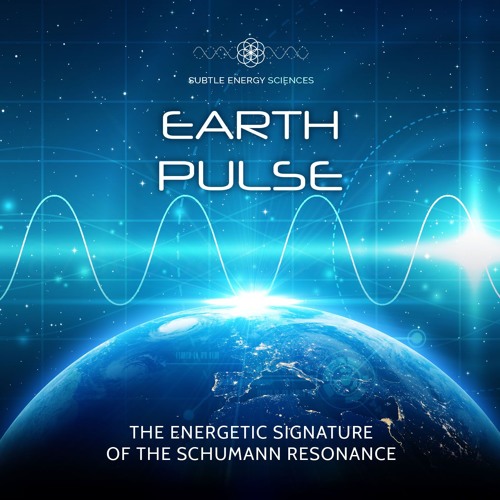Geo-scientists have discovered the Earth has a rhythmic ‘pulse’ of 27.5 million years. Research has shown that most major geological events in Earth’s recent history have clustered in 27.5-million-year intervals — a pattern that scientists are now calling the “pulse of the Earth”. Over the past 260 million years, dozens of major geological events, from sea level changes to volcanic eruptions, seem to follow this rhythmic pattern.

“For quite a long time, some geologists have wondered whether there’s a cycle of around 30 million years in the geologic record,” said lead author of the study, Michael Rampino, a professor in the departments of biology and environmental studies at New York University. But until recently, poor dating of such events made the phenomenon difficult to study quantitatively. Researchers looked only at the past 260 million years — when the dating of such events is most accurate — but they think the results likely extend further back in our planet’s history. For example, data from sea level changes go back around 600 million years and also seem to follow this pulse,” Rampino said.
It’s not clear what’s causing such a pulse in geological activity, but it could be internally driven by plate tectonics and movement inside the mantle, the researchers wrote in the study. Or it could have something to do with the movement of Earth in the solar system and the galaxy, Rampino said. For example, the 27.5 million year pulse is close to the 32 million year vertical oscillation around the midplane of the galaxy, according to the study.
Whatever the cause, it’s fascinating to think the Earth may have a ‘heartbeat’. Perhaps our planet does indeed have its own spirit, as speculated on in The Earth Emperor’s Eye. Our planet, our one home, really is alive!

